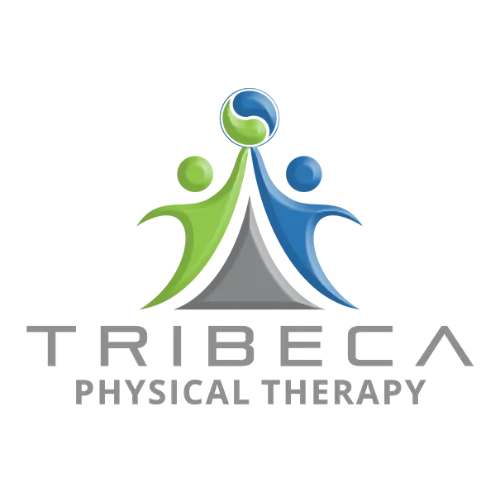One of the most common questions, as well as hesitation, of patients getting physical therapy for their ailment is their fear of pain. They think that the exercises or procedures done during physical therapy will cause and push beyond their limits. The idea of having someone help you do your stretching or exercises on your painful joints is somewhat unnerving.
Physical therapy, also called physiotherapy, addresses the causes of and aims to reduce pain that limits a person’s normal movement or functions. Physical therapy exercises and techniques improve range of motion, flexibility, balance; it also prevents injuries and provides rehabilitation after suffering from an injury. Physical therapy helps stroke patients to recover and restore normal physical activities. PT is done by highly-skilled and qualified physical therapists or physiotherapists.
Being able to function and move normally is central to physical therapy. It combines all other relevant medical specialities, such as orthopedics, musculoskeletal, neurology, cardiopulmonary, sports medicine, and geriatrics, to name a few, in order to bring about and plan for the treatment program.
Physical therapy is beneficial and helpful for one’s healing and recovery. Thus, it should provide relief and alleviation from debilitating pain or limited mobility. The physical therapy techniques or modalities may bring discomfort during the sessions, but it should not border into feeling excruciatingly painful or unpleasantly uncomfortable.
However, should there be slight discomfort in the treatment routines, it should be considered a beneficial type of pain. It is similar to the soreness or stretched muscles being experienced after doing an intense workout or a strenuous activity. It may be uncomfortable at first, but the physical effort done is acknowledged as entirely rewarding and productive. Therefore, any physical therapy treatments should be seen as instrumental and essential for recovery.
Further, as physical therapists are sufficiently trained and competent, the treatments should not feel painful. Pain threshold varies from person to person, and anything that feels overly painful for one may not be at the same level for another. Thus, it is important for the patient to communicate accordingly should a specific technique or modalities be uncomfortable, so the treatment plan can be appropriately modified.
Nevertheless, one can still train their body into tolerating some level of pain that can push beyond the usual level of comfort. This can help to accommodate treatments that involve deep tissue massages or musculoskeletal manipulations or mobilizations. However, if a specific technique is unbearable or severe, the patient should inform the physical therapist in order to make adjustments. The physical therapist may then recommend ways to manage the pain or discomfort, such as putting ice over the affected area.
The patient and the physical therapist are partners towards the therapy journey, thus the patient has to ensure consistency and diligence on the prescribed treatment plan. Remaining steady and adhering to the plan, especially those to be done at home, will ensure that the treatments will work as desired. There may be challenges at times, but these should not serve as setbacks. Good communication with your therapist will ensure that key information is gotten across on what or what may not be working, what has improved, what is the progress, and what may be considered as distressingly painful.
Tribeca Physical Therapy assures that they provide the best of physical therapy treatments done by their highly qualified physical therapists. Send them a message today to book an appointment.



